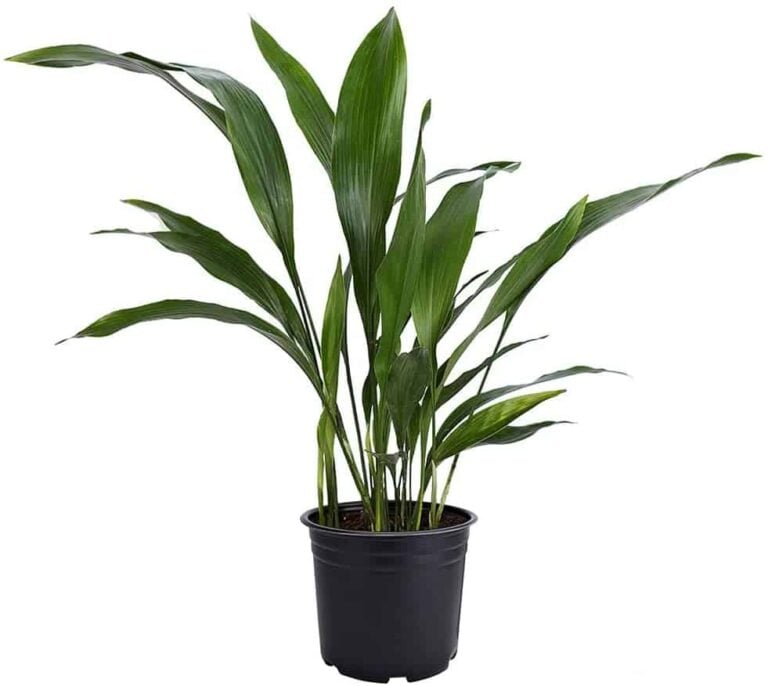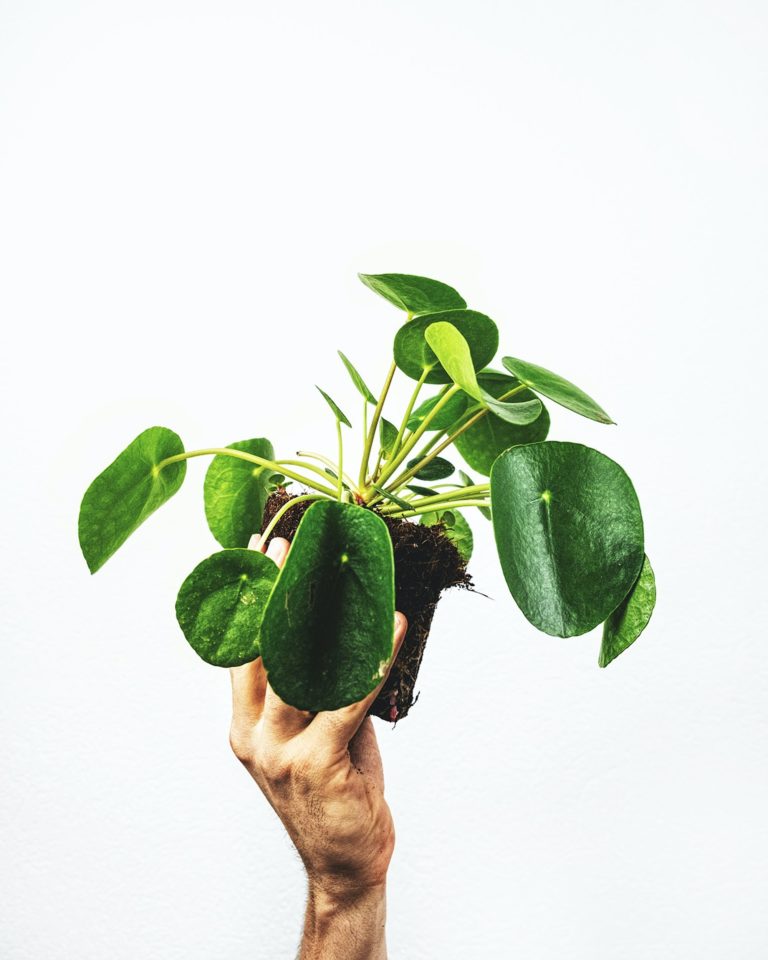Grow the Crassula Ovata (Jade Plant) in Your Garden
The succulent shrub, Crassula ovata (commonly known as the Jade Plant), is referred to by several other names, including Money Plant or Money Tree and Dollar Plant or Dollar Tree. The Crassula ovata can root from a stem or a leaf, making it one of the easiest plants to propagate.
The Crassula ovata grows on rocky hills in its native South Africa. The plant receives little rain in the wild until winter, when it blooms. Rounded pinkish-white flowers appear in small bunches on this shrub from winter to early spring. This succulent’s stem stores water, enabling it to survive droughts (and go a long time without watering).
What You Should Know About Crassula Ovata
Crassula ovata plants are a highlight of many outdoor gardens and can be placed in tubs, pots or gravel gardens. Thos plant thrives for years in slightly root bound containers or as an outdoor hedge planting.
The Crassula ovata is thought to bring money and good fortune to its owners. Many nurseries and stores sell it in porcelain tubs with “lion’s feet” as a good luck charm to attract financial success.
Watering, Light and Temperature Requirements
Succulent shrubs complement any dry climate garden and make attractive outdoor container plants. Crassula ovata plants are a charming addition to any xeriscape garden, along with Panda plants and other Kalanchoe plants.
Since these small shrubs don’t need much water, they’re perfect for drought-struck areas or anyone interested in conserving water in their home or garden.
You don’t need to water the Crassula ovata a lot, but when you do water your plant, soak it thoroughly. Let the plant dry completely before watering again.
Over-watering your plant or locating it in a dark area, like a home office file cabinet or basement, leads to a wilting plant or no growth The Crassula ovata grows best in warm, dry temperatures (like its native South Africa) with a lot of indirect sunlight and a little shade. It can tolerate temperatures as low as 45 degrees and as high as 90 degrees.
Flowers
Jade plants flower late In the winter (a holdover from their native South Africa origin). The small, light pink blooms have a light, pleasant smell, like perfumed soap.
Soil and Fertilizer
Crassula ovata plants grow best in loam soils with excellent drainage. They’ll develop root rot if placed in a wet or slow-draining soil. A mixture of perlite, sand and peat moss also works well, especially for repotting old plants. Peaty soils may attract mealy bugs or other pests, but it’s safe to use peat mixed with other mediums.
Use a diluted liquid fertilizer every other week during growing season, and refrain from fertilizing during the plant’s dormant period. For best results, apply a balanced fertilizer of 1/3 phosphorous, 1/3 potassium and 1/3 Nitrogen, or any fertilizer made specifically for succulents. (source)
For a look at some beautiful Jade Plants, and tips on how to care for them, watch Dave Epstein’s video “The Jade Plant – A great low maintenance plant for your indoor garden! – Crassula ovata” on the Growing Wisdom YouTube Video Channel.
Planting and Propagating Crassula Ovata
Grow Crassula ovata in shallow pots. The Jade Plant has shallow roots, and the top of the plant may become heavy. Use heavy clay pots if you have a problem with top-heavy plants.
To keep a plant at your desired size, treat it like a bonsai tree. Trim roots and stems to preserve the plant’s pleasing appearance. Prune to a point slightly above the stem rings that connected to the old leaves, and new leaves will sprout from those cuts.
Repotting
Your Jade Plant needs new soil to grow and prosper over many years. Repotting your plant in a larger pot filled with fresh soil or a comparable medium invigorates the roots and helps it develop healthy leaves.
The Crassula ovata needs pots with good drainage since they’re an easy target for root rot. Repot your Jade Plant in a larger container using a perlite-based medium when it outgrows its old pot or shows signs of being root bound. To prepare the soil-less medium, combine one part coarse sand and one part coarse perlite with two parts sphagnum peat moss.
Pick up your Jade Plant and turn it upside down, gently tapping it until it’s released from the old pot. After brushing off excess soil from the roots, look for signs of rot or damage. Trim unhealthy black, dark brown or wilted roots. Save any white, healthy roots.
Line the bottom of the new pot with a thin coat of gravel, and place the medium on top of it. Put the Crassula ovata in the center of the container, and pack the medium around it until it’s the same level as the old pot. Remember to handle this delicate plant to avoid breaking leaves.
Propagation
A single leaf from a Jade Plant quickly roots in a succulent-friendly potting mixture if you keep the container in a warm room in indirect sunlight. Snip a young, medium-sized leaf from a stem (older leaves are harder to propagate). Let the cut leaf dry and form a callous at the cutting point. Roots will eventually appear through the cut point. Once roots grow, place the leaf in a potting mixture.
You can also propagate a new Jade Plant using stem cuttings. Cut a portion of a stem just above a node. This portion should have one or more nodes above the cutting point, and a few internodes in between. Take off older, larger leaves on the lower part of the stem, as they’ll interfere with the rooting process.
Once the cut stem dries and becomes callous, white roots will appear. Place the stem in a soil mixture in a well-drained container. Don’t worry about watering the plant unless you see leaves wrinkling. Wrinkled leaves mean the plant needs moisture.
To learn other propagating and planting techniques, check out this video “How to propagate a Money plant/Jade plant (Crassula Ovata)” from the Desert Plants of Avalon YouTube Channel
Crassula Ovata Problems and Precautions
The Crassula ovata doesn’t have many serious problems, but you may notice a few minor issues occasionally, usually due to inadequate watering, frost, or too little sunlight.
- Shriveled brown patches on leaves signal under-watering
- Rotting at the plant’s base and wilting at the top indicate over-watering
- Light frost causes brown dots on leaves.
- Heavy frost or freezing temperatures leads to brown, shriveled leaves


